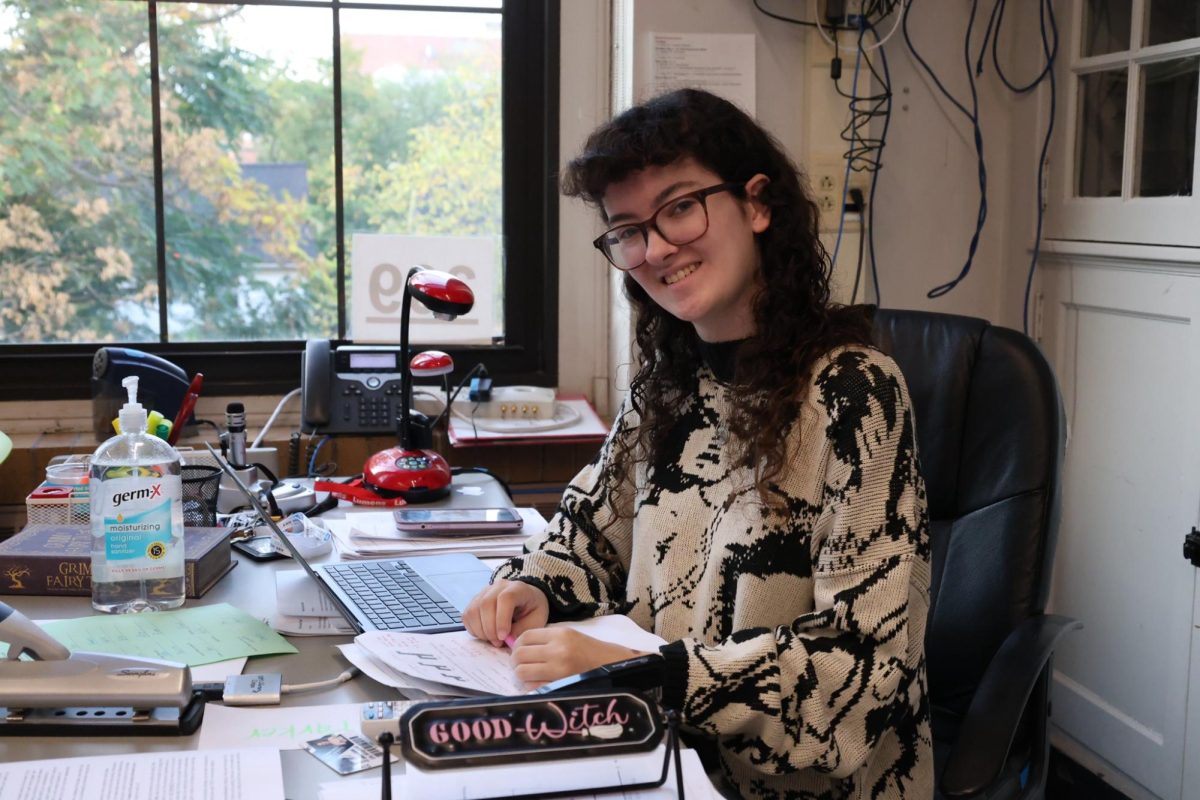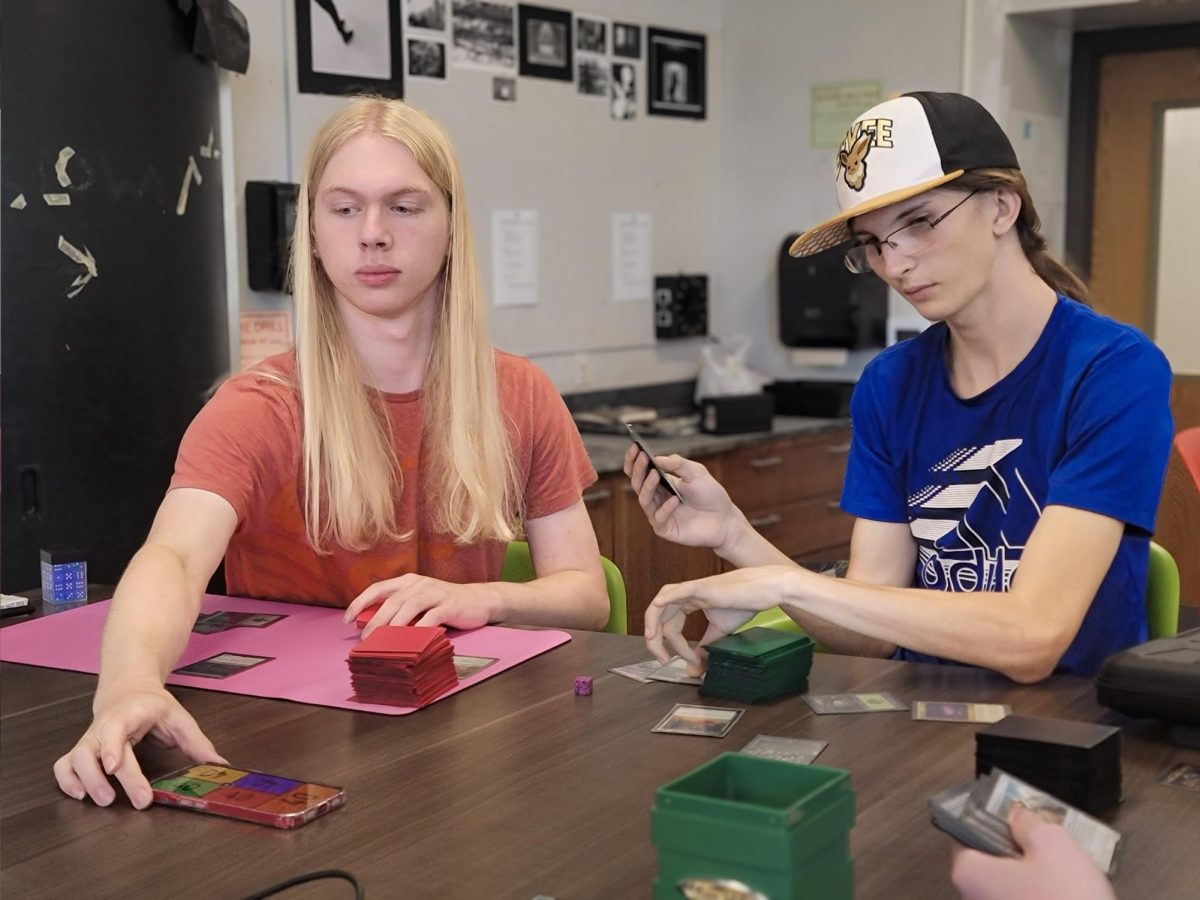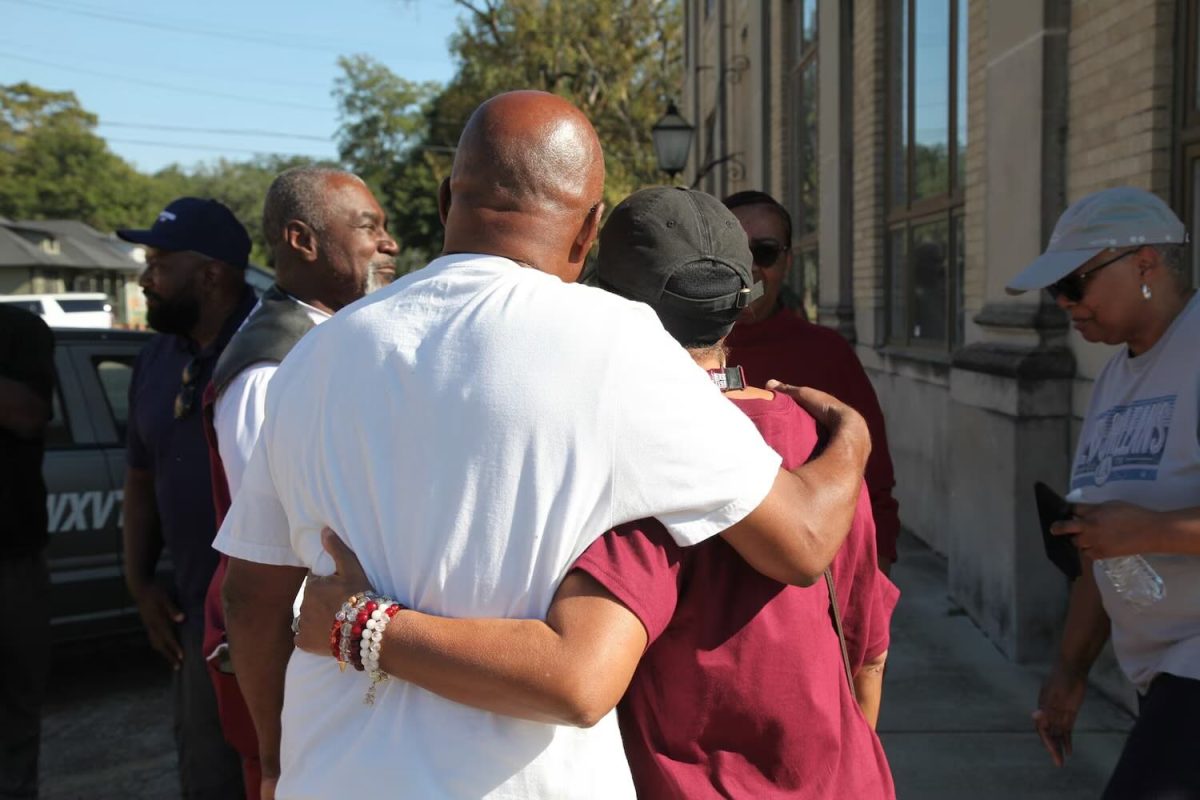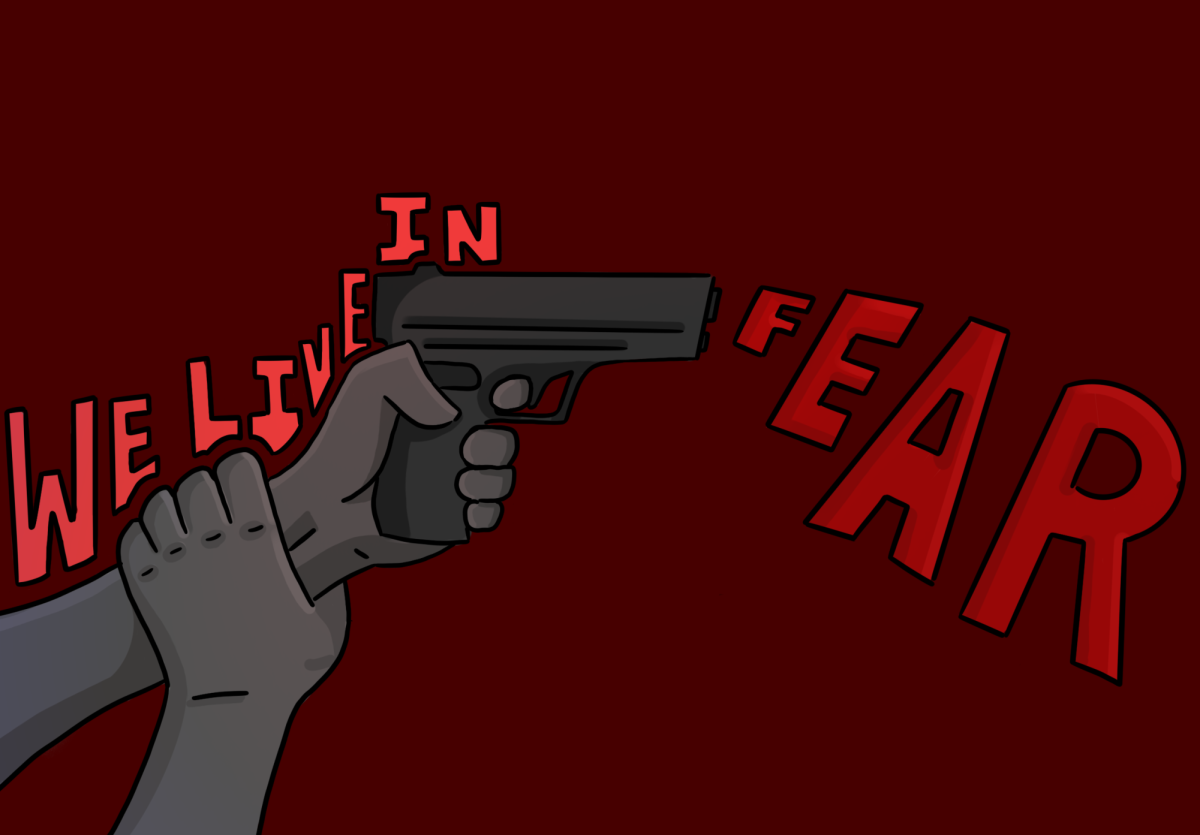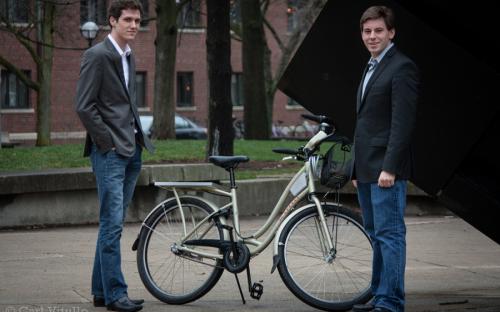
Ansgar Strother and Keith Porter were in an entrepreneurship class at the University of Michigan, working on ideas for a business and going out to find if there was really a market for their product. Their first idea didn’t pan out so they went back to the drawing board to come up with a new idea and they came up with bike sharing.
“Living in Ann Arbor I had seen bike sharing before and said this is a great community, it’s green, it’s healthy why isn’t it here?” asked Strother. Bike sharing is when you rent a bike at a rack and then when you are done riding it you return it to the same rack or a different rack throughout the city/town. Bike sharing is meant to provide an alternative to motorized vehicles for short trips. Strother and Porter went out again and started talking to potential customers and everybody they talked to loved the idea. “But if everybody liked it then why wasn’t it everywhere?” questioned Strother, and what they found was that bike sharing was way too expensive. It would cost $4,000-$6,000 per bike plus an expensive e-park kiosk and people just could not afford it.
So Strother and Porter set out to change this. Through more customer discovery and talking with people they came up with a new idea to cut down the price of the bikes but still maintain the good quality that the expensive bikes held. They made the rack dumb and the bike smart.

Instead of adding all the software and screens needed to pay for the bike to the rack they added it to the bike. On their bike there is a touch screen interface powered by a solar panel on the bike. So if you wanted to rent a bike you would walk up to it, enter all your information including your credit card number, on the touch screen and if the information is approved the cable lock will pop out of the lock module on the bike. The touch screen on the front of the bike also allows you access to some great functional aspects while you are riding. Maps and guided tours for tourists will all be available through the touch screen and when you are done it will show you the closest lock up station. When you get to the station you just have to pull the cable lock out of the rack, plug it into the lock module on the bike and the screen will show you how much you have been charged.
They also plan on adding a membership component to their software. “Cities want to encourage people to do short bike trips. Thirty minutes to an hour to really replace car trips,” said Strother. If you would purchase this membership the first 30-60 minutes would be free. However, their company, A2B Bikeshare, does not plan on deciding how much a membership costs nor how much the hourly rate will be because their business model revolves around licensing. “We aren’t going to be [participating] in the day to day operations but we sell the hardware and then we do software licensing where we get a long term revenue string from that,” explained Strother.
They currently have six team members working on getting prepared for a 15-30 bike test and within the year they would like to have one or two cities in the Midwest with their three hundred bike system. They plan to sell the system to cities and universities. Ann Arbor is setting up a bike share program that Strother and Porter applied for, but Clean Energy Coalition’s proposal won. They had worked with Clean Energy Coalition in the beginning but there bike systems are very different. In a year Strother and Porter will be graduating with plans to work at A2B Bikeshare full time. Strother and Porter are looking for cities/towns where coalitions are starting to pop up that really want to add bike sharing to their communities and they want to be the ones to provide it for them.






